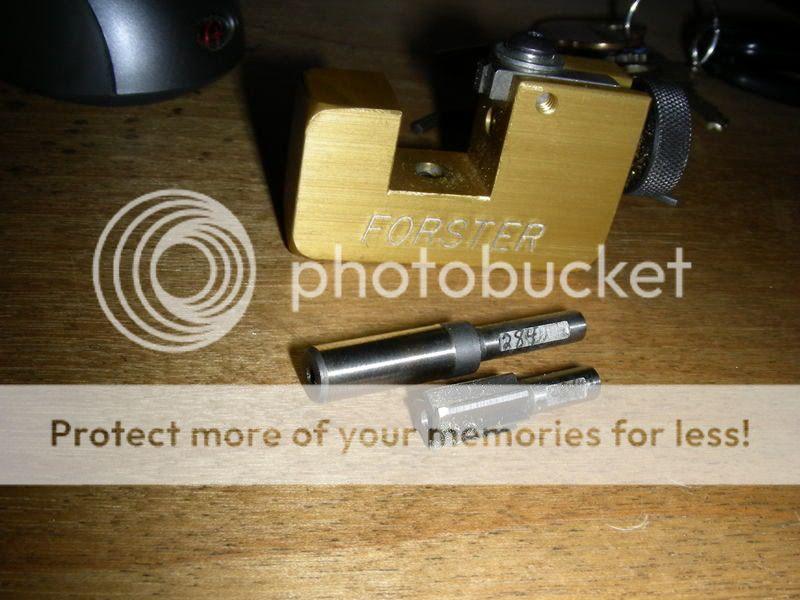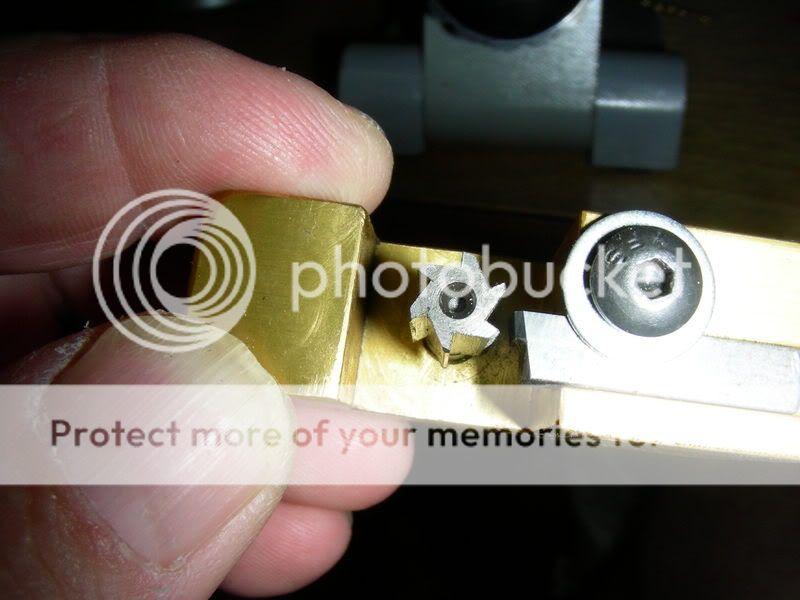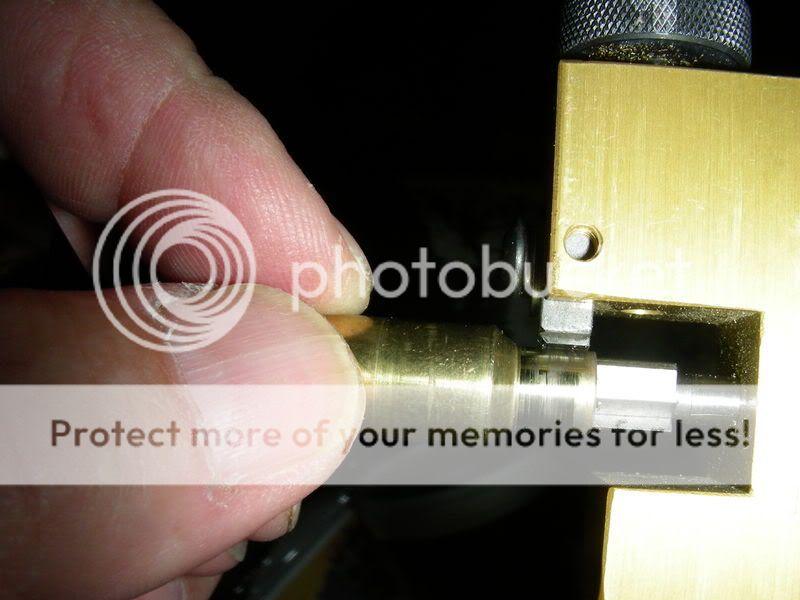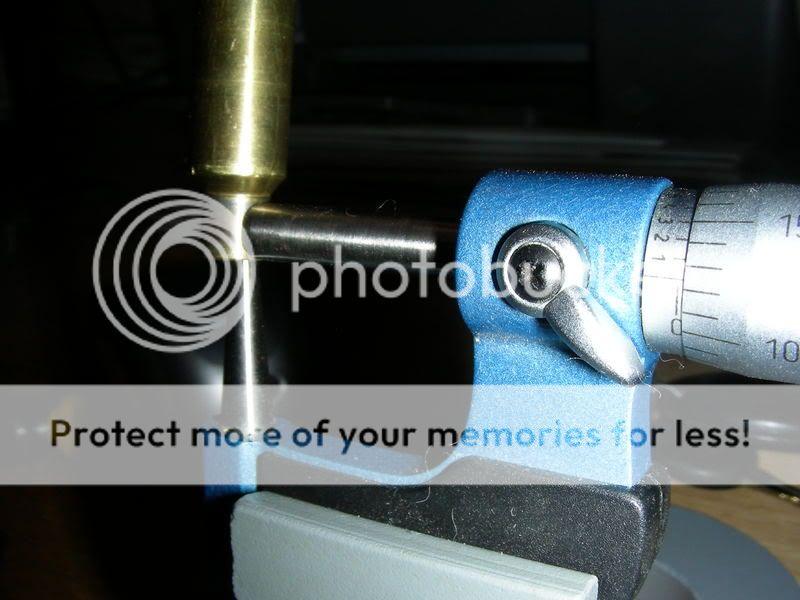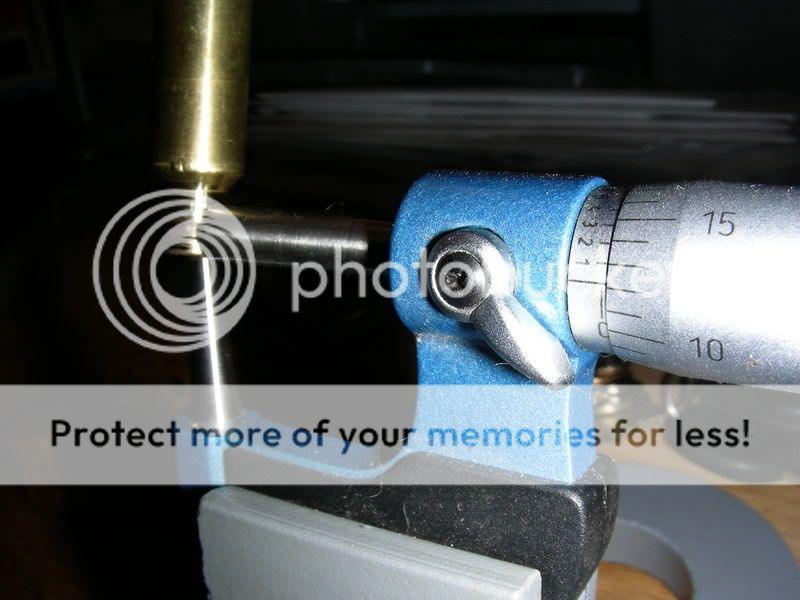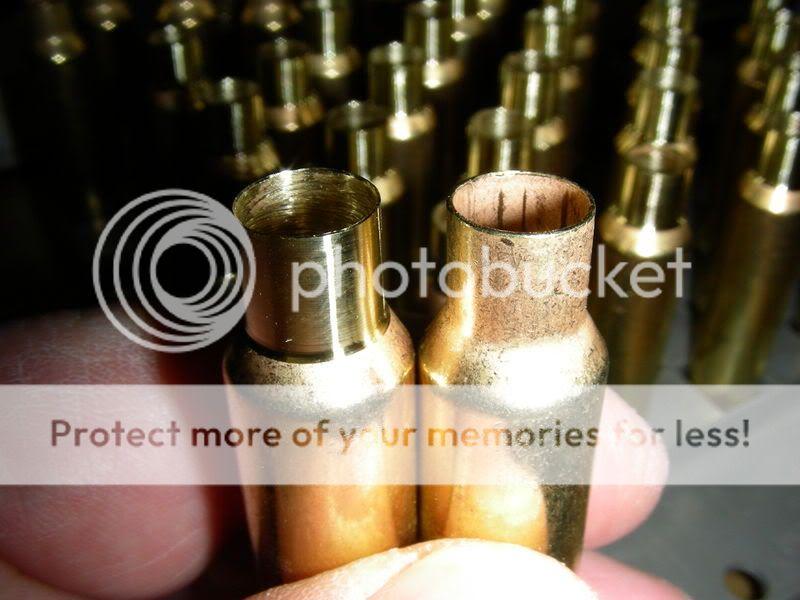Trickymissfit
Well-Known Member
How much would a guy expect to pay for a pin gauge or set of gauges?
If I am understanding all this correctly, that is the only way to tell for sure if we have these donuts or not.
What other types/kinds of inside reamers have you all used to remove these donuts. I've now seen the Forster one that goes in the turner, I've seen the K&M ones that are part of the turning mandrel, but what about stand alone ones?
Again, thank you all for the responses.
steve,
you can buy small sets that start from about .030" and go all the way upto .250". It sorta varies, but nearly all sets are .001" apart. Quality also varies a bit, but if the set meets Federal standards your OK. But rather than just buying a complete set of gauges, you can also buy individual pins. I used to do this all the time, and rework them. Most pins are made of full hardened A2 (known to be an extremely stable material), and are ground round to within 10 millionths and on size within 50 millionths. You can buy them from Enco and many other outlets.
For about $35 dollars you can also buy a set of small hole gauges that will do the samething. They are round, and expand to the hole diameter. You then measure them with a micrometer. There's also a set that has one end flat, and these are the ones to get. I bought mine out of the Enco catalog
gary

